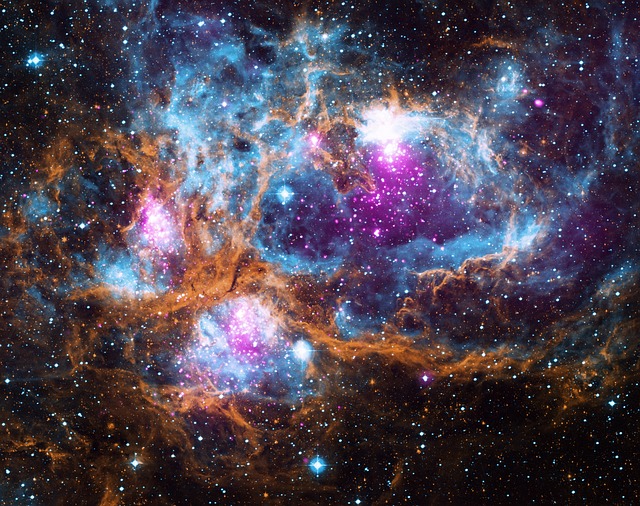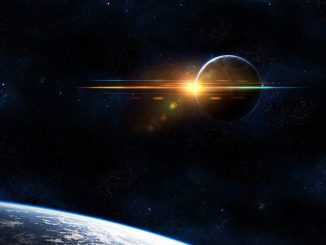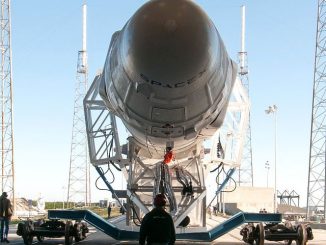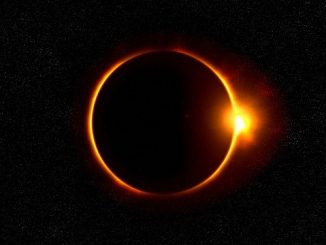
According to new research, it is highly unlikely that the mysterious ‘Cold Spot’ in the universe which has been baffling astronomers since its discovery could be explained by a massive ‘supervoid’ — an area in the universe that measures about 1.8 billion light-years across and contains less matter than the majority of other sections of the cosmos. This ‘Cold Spot’, an anomalous feature found on the CMB — short for Cosmic Wave Background or the Big Bang’s leftover radiation that permeates throughout the entire universe — is colder than its surroundings by about 0.00015 degrees.
For the longest time, it was believed that this region was slightly cooler simply because it was relatively less crowded, with considerably fewer galaxies (about 10,000 galaxies fewer) and other kinds of matter (including dark matter) than typical. Based on the analysis done by a research team led by postgraduate student Ruari Mackenzie and Professor Tom Shanks in Durham University’s Centre for Extragalactic Astronomy, however, the explanation behind what can cause such cold spot will have to be re-thought. Because it might not be due to a supervoid at all.
To arrive at their conclusion, the team conducted a redshift survey of close to 7,000 galaxies using the Anglo-Australian Telescope. This technique — currently the standard method used to determine the distance of a supervoid associated with a cold spot to other galaxies — measures the extent to which visible light from an object shifts to a longer wavelength. Basically, the higher the observed redshift, the farther the galaxy is.
The results of their new data set suggest that based on standard cosmological theory, no supervoid is capable of causing the Cold Spot. Instead of a supervoid missing thousands of galaxies, the team believes that the Cold Spot might be made up of a number of smaller voids surrounded by galaxy clusters, just like bubbles. And this ‘soap bubble’ structure is much more consistent compared with the rest of the universe.
Furthermore, simulations of the standard model of the universe show that the Cold Spot could not have been a random occurrence. As Mackenzie stated in a press release, the odds that the Cold Spot arose by chance is 1 in 50.
By ruling out the supervoid explanation, the team has opened the floodgates for an entirely new set of possibilities, the most ‘exotic’ of which is the existence of a parallel universe, or maybe an entire multiverse system.
As Shanks so eloquently put it: “Perhaps the most exciting of these [possibilities] is that the Cold Spot was caused by a collision between our universe and another bubble universe. If further, more detailed, analysis of CMB data proves this to be the case, then the Cold Spot might be taken as the first evidence for the multiverse – and billions of other universes may exist like our own.”
Of course, there could be other explanations. But for now, there’s no harm in wanting to believe science fiction can be real, right?
The paper detailing the results of the research was recently published in the Monthly Notices of the Royal Astronomical Society.
- Bulenox: Get 45% to 91% OFF ... Use Discount Code: UNO
- Risk Our Money Not Yours | Get 50% to 90% OFF ... Use Discount Code: MMBVBKSM
Disclaimer: This page contains affiliate links. If you choose to make a purchase after clicking a link, we may receive a commission at no additional cost to you. Thank you for your support!




is there anything more exciting and interesting than out there in our cosmic world/ I am 87 and love it.
Hmmm…Not buying the Multi-Verse/coldspot theory because ALL instruments and scales are/were thought of and made by humans which are suspect just by their existence! LOL!